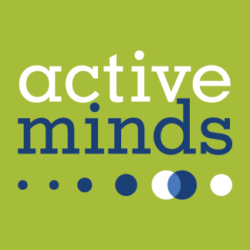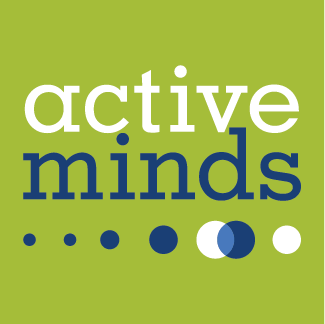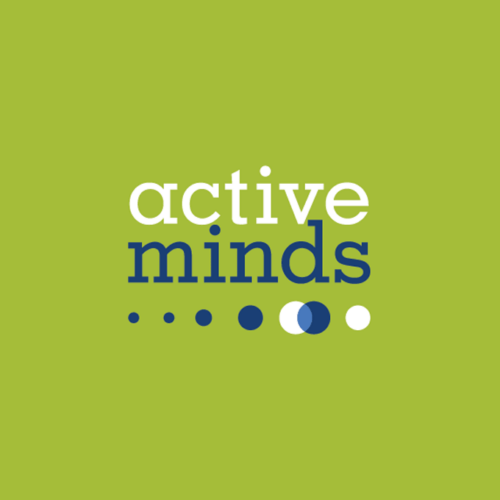Each year, millions of high school graduates make the transition into college life. Encouraged by parents and peers, the next few years are sure to be some of the best times of their life. While this may be true for some, mental health is a growing concern that is rising among college campuses across the country. Some of the most recent statistics are actually quite alarming and it seems like college students are more stressed, anxious and depressed than ever before.
According to NAMI’s survey on college students:
- 50% had a psychiatric disorder in the past year
- 73% experienced some sort of mental health crisis
- 33% reported having felt so depressed that they had trouble functioning
One of the most dangerous aspects of untreated mental health concerns in college is suicide.
According to the American College Health Association (ACHA):
- The suicide rate among young adults has tripled since the 1950’s
- Suicide is the second most common cause of death among college students
- 4% of students reported seriously considering suicide at least once in a 12 month period
This raises the question, what might be generating the rise of these mental health issues? While there are many causes, here are a few:
Societal Trends
Nationally, anxiety and depression levels have risen significantly. Over the last thirty years, the prevalence of reported anxiety disorders has increased more than 1,200%. (1) This data suggests that we may not be looking at just a college student mental health crisis, but a more widespread phenomenon.
Information Overload
The rapid acceleration of technology and social change has altered the way we relate to people and see the world. While this has led to more options and access to information, the downside is that we become overwhelmed by decision fatigue. Continuous information overload puts college students at risk for stress, anxiety, negative self-talk and self-image concerns.
Financial Pressures
College students have more financial pressure now, more than ever. Nearly 60% of students said they worry about having enough money to pay for school, while 50% are concerned about paying their monthly expenses. This is demonstrated by the approximately $1.3 trillion of outstanding national student loan debt. This financial stress is predictive of higher anxiety, depression, and stress levels. (2)
Lifestyle Habits
The college environment tends to enable poor eating, drinking and sleeping patterns. A high caloric and carbohydrate diet, especially when paired with low physical activity and alcohol consumption, is a recipe for poor mental health. Over 30% of students meet the criteria for a diagnosis of alcohol abuse and 73% of students report that they have trouble sleeping. (3)
Ineffective Mental Health Care
All too often, we find college counseling centers wanting to help their students, but unable to manage the growing need. Not only are more students seeking counseling services, but there has been a steady increase in the number of students arriving on campus who are already on psychiatric medication. (4) The insufficient funding for college mental health services also means inadequate access to care and treatment, resulting in long wait lists and denial of service.
What Can We Do To Help?
Understanding the scope of the problem is the first step to making real change. The question that we should all be asking ourselves is, where do we go from here? Here are some guidelines and suggestions that will help move us towards positive changes on college campuses.
Increase Mental Health Education
The key to prevention and early intervention is education about mental health. Educational objectives should include descriptions of psychiatric, situational and interpersonal problems, where to seek therapy, and coping skills for stress. Further, students need to know what they can do if they are worried about a friend or fellow student.
Develop Supportive Communities
If students, faculty and other members of the campus community can come together regularly and have a place to voice questions, concerns and tell their stories, it would amplify the conversation and begin to normalize the dialogue around mental health. College clubs, such as Active Minds chapters and other mental health groups can help empower students to verbalize and seek help with what they are going through.
Decrease The Stigma
Perhaps the greatest barrier to seeking help with an emotional or behavioral problem is the fear of being labeled, isolated, or marginalized. With such a high prevalence of mental health concerns, we need to reframe and acknowledge emotional problems as a normal part of life.
Promote Student Wellness
Mental health is stimulated by wellness skills including: good nutrition, exercise, adequate sleep habits, meditation, yoga and stress reduction techniques. When these recommendations are initiated and promoted on campus, a cultural change develops that encourages open dialogue surrounding emotional wellbeing.
Although mental health needs are rising across college campuses, these concerns are preventable and treatable. By arming yourself with education and awareness, you can be a part of the change that’s so desperately needed. Sometimes, simply starting a conversation is all it takes to make a difference.
References
-
Begley, S. (2012, July 13). In the Age of Anxiety, are we all mentally ill? Retrieved from https://www.reuters.com/article/us-usa-health-anxiety/in-the-age-of-anxiety-are-we-all-mentally-ill-idUSBRE86C07820120713
-
Richardson, T., Elliott, P., Roberts, R. and Jansen, M., 2016. A Longitudinal Study of Financial Difficulties and Mental Health in a National Sample of British Undergraduate Students. Community Mental Health Journal, pp.1-9.
-
Substance Abuse and Mental Health Services Administration (SAMHSA). 2015 National Survey on Drug Use and Health (NSDUH). Table 6.84B—Tobacco Product and Alcohol Use in Past Month among Persons Aged 18 to 22, by College Enrollment Status: Percentages, 2014 and 2015. Available at: https://www.samhsa.gov/data/sites/default/files/NSDUH-DetTabs-2015/NSDUH-DetTabs-2015/NSDUH-DetTabs-2015.htm#tab6-84b. Accessed 1/18/17.
-
Gallagher RP, Taylor R. National survey of college counseling centers 2014. Available at http://www.collegecounseling.org/wp-content/uploads/NCCCS2014_v2.pdf.







